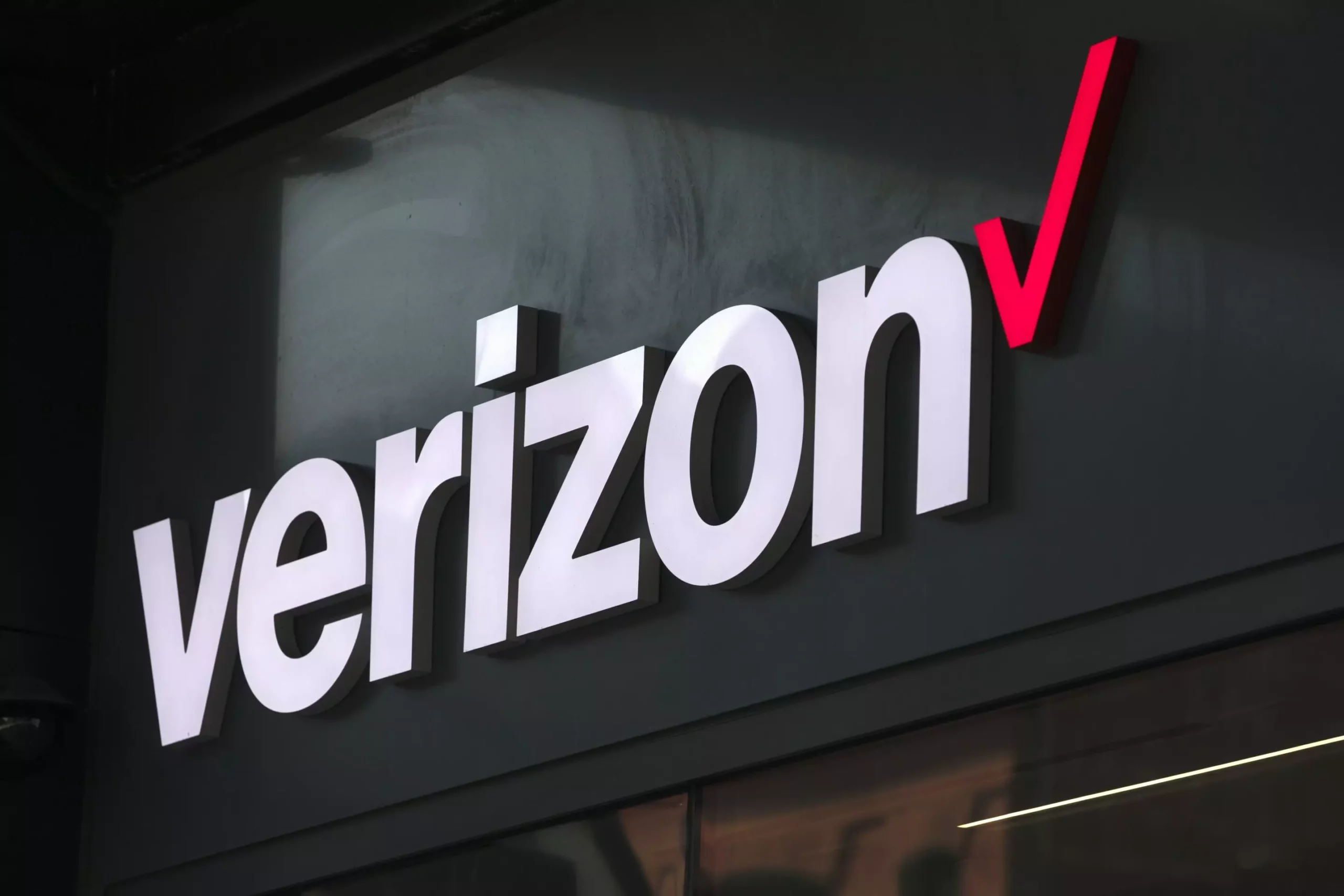On Monday, numerous Verizon customers across the United States encountered significant service disruptions that affected cellphone connectivity for tens of thousands. Reports from outage tracking service DownDetector indicated that the peak of the incident saw complaints from over 100,000 users shortly after 11 a.m. ET. Although the number of reported issues began to decline later in the day, by 4 p.m. ET, about 48,000 customers were still experiencing problems. This interruption placed a critical spotlight on Verizon’s network reliability, affecting a broad geographical swath that included regions still recovering from Hurricane Helene in the Southeastern U.S., as well as areas on the West Coast, Midwest, and Northeast.
The widespread outage prompted a wave of frustration among Verizon’s user base. Social media platforms acted as a real-time bulletin board for discontent, with many individuals sharing their experiences of being without service in pivotal moments. The inability to make calls, send texts, or access data left customers feeling isolated at a time when connectivity is paramount. In today’s digital age, where communication is often considered a basic necessity, even short-term outages can provoke significant backlash among users, raising concerns about the company’s infrastructure and reliability during emergencies or unexpected disruptions.
In response to the growing unrest, Verizon took to social media to acknowledge the issue publicly. The company’s updates indicated that technical engineers were actively investigating the situation to not only identify the root causes but also expedite a solution. Yet, the chain of communication left many wondering how such a widespread failure could occur without prior notice or contingency plans in place. The lack of clarity around the duration of the outage and the ongoing efforts to resolve it only fueled further anxiety among consumers.
The incident also caught the attention of the Federal Communications Commission (FCC), which later indicated its interest in determining the cause of the disruption. While the FCC’s involvement suggests a level of concern regarding the potential implications for public safety, the lack of immediate information raises questions about preventive measures that could potentially mitigate the effects of such widespread outages in the future. Given that for many, especially in emergencies, reliable communication can be a matter of safety and life, regulatory bodies must ensure that telecommunications providers maintain robust infrastructure capable of withstanding unexpected surges in demand or failures.
For users facing issues during an outage, exploring alternative methods of communication becomes necessary. Many smartphones are equipped with Wi-Fi calling capabilities, enabling users to make calls over a Wi-Fi network when cellular service is compromised. This feature can serve as a lifeline for individuals caught in emergencies or needing to stay connected during extended service disruptions. By adjusting settings in their devices, users can often maintain some level of communication, even amidst widespread network failures.
The recent Verizon outage serves as a vital reminder of our dependency on communication networks and the need for transparency, reliability, and customer support from service providers during crises.


Leave a Reply